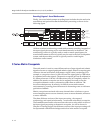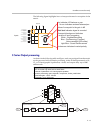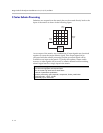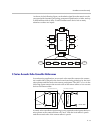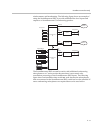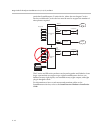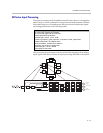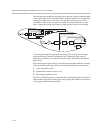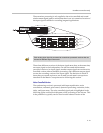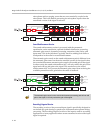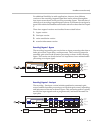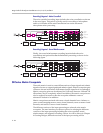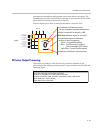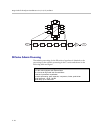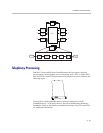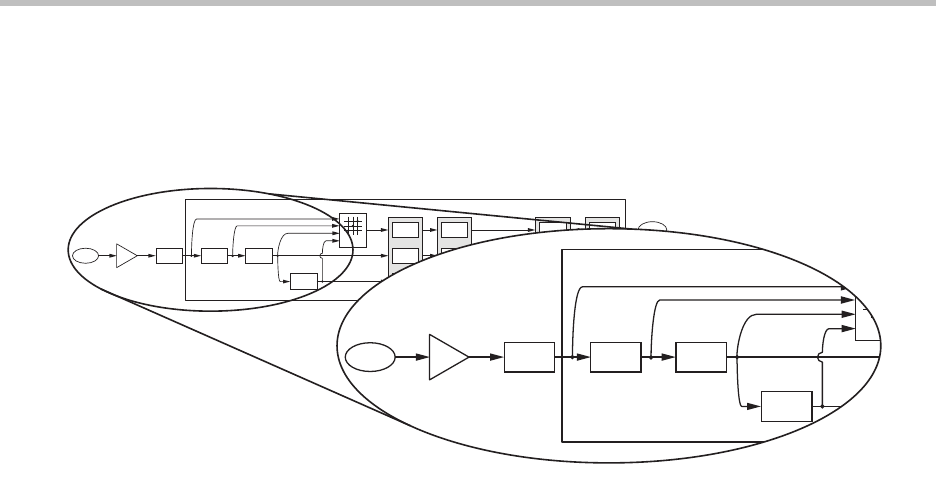
Design Guide for the Polycom SoundStructure C16, C12, C8, and SR12
2 - 20
Each analog input signal has an analog gain stage that is used to adjust the gain
of the input signal to the SoundStructure's nominal signal level of 0 dBu. The
analog gain stage can provide from -20 to 64 dB of analog gain in 0.5 dB
increments. There is also an option to enable 48 V phantom power on each
input. Finally the analog input signal is digitized and ready for processing.
Continuing through the signal path as shown in the next figure, the input
signal processing continues through the AGC (automatic gain control),
dynamics processing, an automixer, an audio fader, and finally through the
input delay.
Each analog input signal will be processed to generate three different versions
of the processed input signal that can be used simultaneously in the matrix:
1. Noise cancelled version,
2. Sound reinforcement version, and
3. Recording/ungated version
The AGC, dynamics processor, and input fader are linked together on all three
audio paths and apply the same gain to the signal paths based on an analysis
of the signal earlier in the signal path.
Mic or Line
Input
Input to
Matrix
Input to
Matrix
Parametric
Equalization
A/D
Converter
Analog
Gain
Noise
Cancellation
Automatic
Gain Control
Automixer
AGC Dynamics Fader Delay
Fader
Automixer
Automixer
Delay
Automatic
Gain Control
Feedback
Cancellation
Dynamics
Processor
Dynamics
Processor
Fader
Input to
Matrix
Automatic
Gain Control
Fader Delay
Dynamics
Processor
Delay
SR-Series Input Processing
Router
Mic or Line
Input
Parametric
Equalization
A/D
Converter
Analog
Gain
Noise
Cancellation
Feedback
Cancellation
SR-Series Input Processing
Rou



